Rising Prevalence of Chronic Diseases
The increasing prevalence of chronic diseases such as cancer, diabetes, and neurological disorders is a primary driver for the Enteral Feeding Devices Market. These conditions often necessitate long-term nutritional support, leading to a heightened demand for enteral feeding solutions. According to recent estimates, the number of individuals requiring enteral nutrition is projected to rise significantly, with millions affected by conditions that impair their ability to consume food orally. This trend underscores the critical role of enteral feeding devices in managing patient care, thereby propelling market growth. As healthcare systems adapt to these rising needs, the Enteral Feeding Devices Market is likely to expand, driven by innovations aimed at improving patient outcomes and enhancing the quality of life for those reliant on enteral nutrition.
Technological Innovations in Feeding Devices
Technological advancements in enteral feeding devices are transforming the Enteral Feeding Devices Market. Innovations such as smart feeding pumps, which allow for precise control and monitoring of nutritional delivery, are becoming increasingly prevalent. These devices not only enhance patient safety but also improve the efficiency of nutritional administration. The integration of digital health technologies, including mobile applications for tracking nutritional intake, is also gaining traction. As a result, the market is witnessing a surge in demand for devices that offer enhanced functionality and user-friendliness. The continuous evolution of technology in this sector suggests a promising future for the Enteral Feeding Devices Market, as manufacturers strive to meet the growing expectations of healthcare providers and patients alike.
Regulatory Support and Reimbursement Policies
Regulatory support and favorable reimbursement policies are crucial drivers for the Enteral Feeding Devices Market. Governments and health organizations are increasingly recognizing the importance of enteral nutrition in patient care, leading to the establishment of supportive regulations and reimbursement frameworks. These policies facilitate access to enteral feeding devices, making them more affordable for patients and healthcare providers. As reimbursement for enteral nutrition becomes more standardized, the market is likely to experience growth, as financial barriers are reduced. This regulatory environment not only encourages innovation among manufacturers but also enhances the overall accessibility of enteral feeding solutions, thereby contributing to the expansion of the Enteral Feeding Devices Market.
Aging Population and Increased Nutritional Needs
The aging population is a significant factor influencing the Enteral Feeding Devices Market. As individuals age, they often experience a decline in their ability to consume food orally due to various health issues, including dysphagia and other age-related conditions. This demographic shift is leading to an increased demand for enteral feeding solutions that cater to the nutritional needs of older adults. Projections indicate that the global population aged 65 and older will double by 2050, further amplifying the need for effective enteral nutrition. Consequently, the Enteral Feeding Devices Market is expected to grow as healthcare providers seek to address the unique challenges associated with aging patients, ensuring they receive adequate nutrition through enteral feeding methods.
Growing Awareness and Acceptance of Enteral Nutrition
There is a growing awareness and acceptance of enteral nutrition among healthcare professionals and patients, which is positively impacting the Enteral Feeding Devices Market. Educational initiatives and clinical guidelines are increasingly emphasizing the importance of enteral feeding in managing malnutrition and supporting recovery in various patient populations. This shift in perception is leading to more healthcare providers recommending enteral feeding as a viable option for patients who cannot meet their nutritional needs through oral intake. As awareness continues to spread, the demand for enteral feeding devices is likely to increase, driving market growth. The Enteral Feeding Devices Market stands to benefit from this trend as more patients and caregivers recognize the advantages of enteral nutrition.
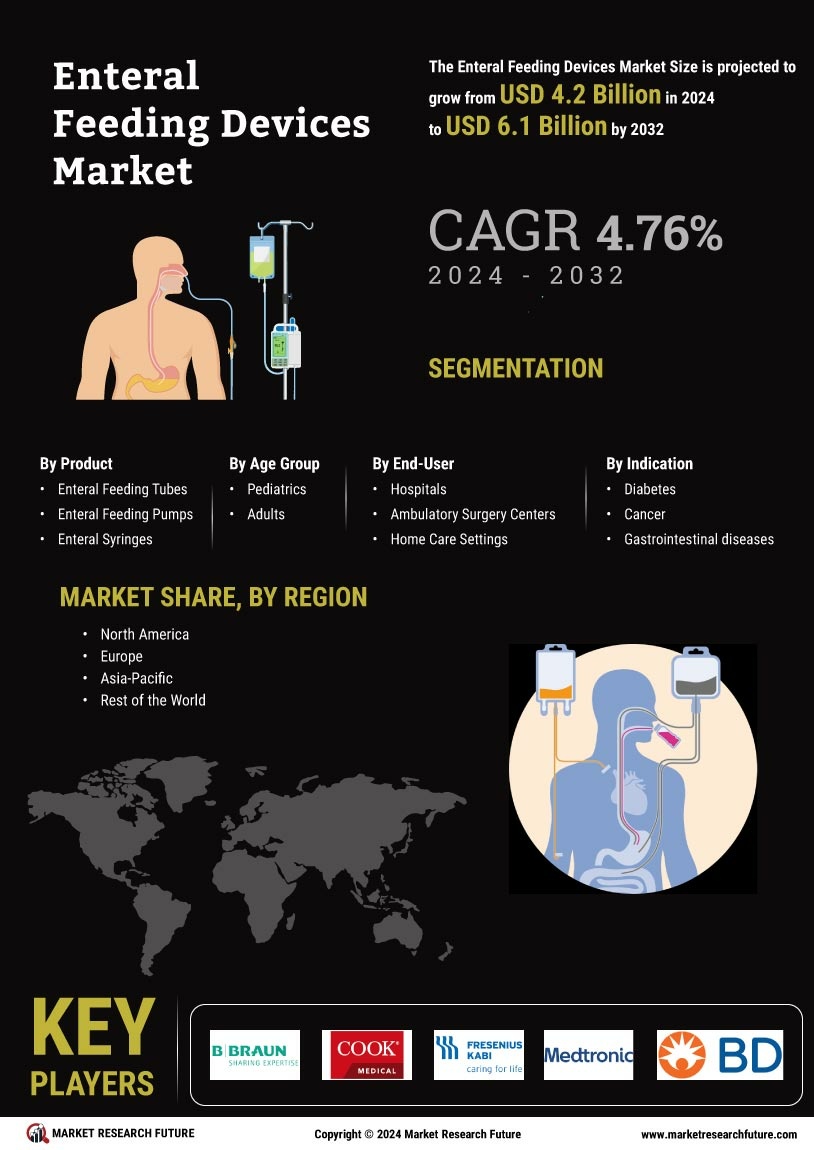

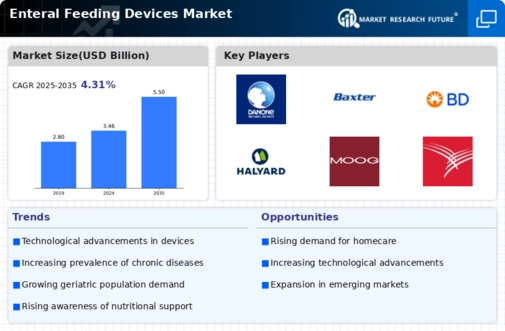
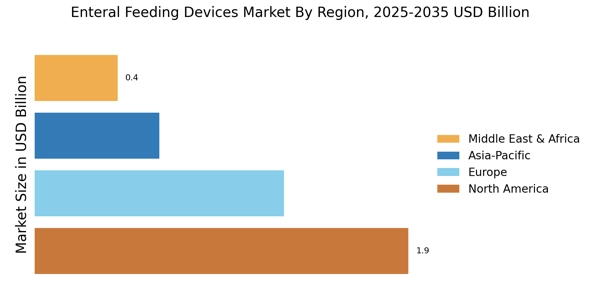

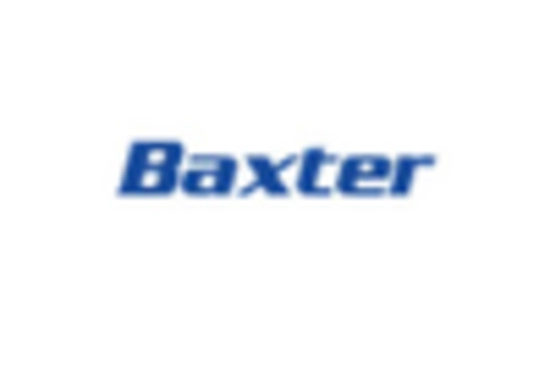

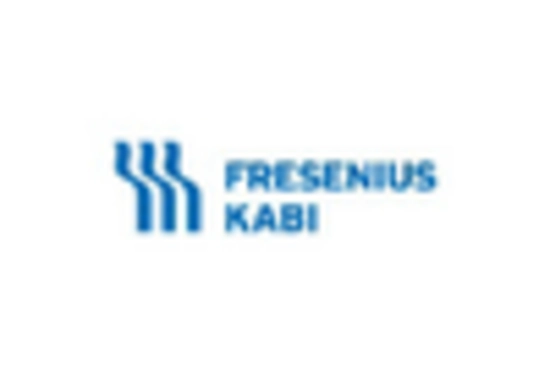
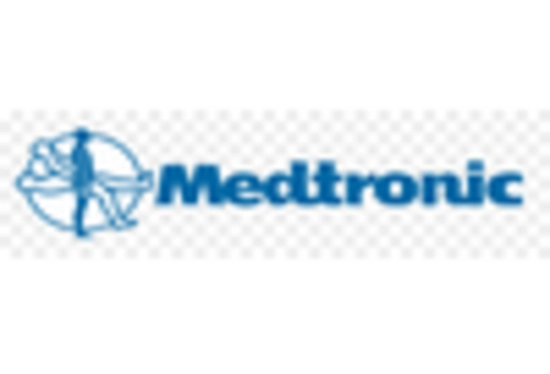
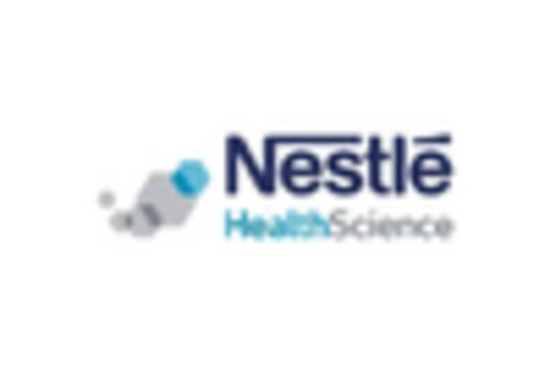








Leave a Comment